

In the late 1960s, word filtered through the ranks of cast members at Disneyland and the Walt Disney Studios in California that there might be the possibility of career advancement. There was one slight caveat, though. You had to be willing to relocate … all the way across the country, to a nondescript piece of swampland in central Florida.
Despite that geographic hurdle, many people applied for the project, but only a select few were chosen to take part in the development of Walt Disney’s “latest and greatest dream” … Walt Disney World.
Most of the folks who lent their considerable expertise to the creation of the Vacation Kingdom of the World are retired now, living the good life in and around the now bustling city of Orlando. A group of those retirees gets together on a regular basis at a local restaurant, to swap stories about the grandkids, of course, as well as those early days in Florida and the challenges each faced in helping to bring Walt Disney World to life.
The unofficial leader of the club is Disney Legend Tom Nabbe, who got his start at Disney playing the role of Tom Sawyer at Disneyland when Tom Sawyer Island debuted in 1956. When he outgrew the part, Tom would go on to supervise the construction and operation of the monorail system at WDW before taking on the less visible, but no less important job of logistics.
It was through Tom that I was privileged to meet Ted Kellogg, whose extensive seafaring resume in the 1960s made him the perfect candidate to supervise all of the watercraft that would ply the waters when WDW opened in 1971.

As most everyone knows, the Walt Disney Company has always been about storytelling. Stories are what fuel the entertainment giant’s engine, be it in the theme parks, on its cruise ships or on the small or big screens. Ted Kellogg worked for Disney for 32 years and during his time at Disneyland and Walt Disney World, he had some pretty interesting experiences. Prior to working for Disney, though, he participated in a variety of thrilling, sometimes life-threatening adventures on land, at sea and under water. His adventures included a months-long trip through Central and South America with two friends.
Ted also had a “second career” at Walt Disney World after leaving watercraft — supervising a wide variety of extensive renovations on WDW property, including the lobby of the Polynesian Resort and the remodeling the California Grill atop the Contemporary Resort.
For the past six months, I’ve been working with Ted in compiling his fascinating life stories into a book, which is scheduled to be published by Theme Park Press in a few months. To give you a taste of what’s to come, I’ve put together a few of Ted’s Disney-related stories which I find to be particularly fascinating.
Ted’s Disney career began in 1967 working as a part-time cast member in Disneyland. Since his resume included hundreds of hours at sea, he was assigned to Frontierland, where the keel boats, the Mark Twain riverboat and the Columbia sailing ship were docked. On one momentous night in late 1967, it was decided to put a new keel boat into service and Ted was selected to pilot the boat, The Gullywhumper.”
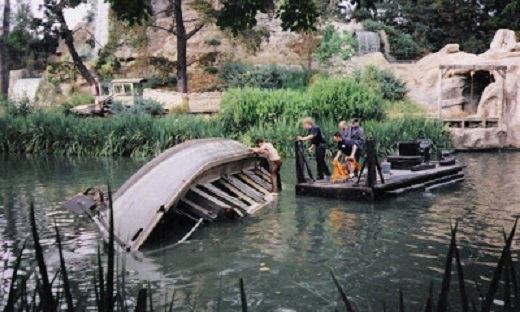
“The original keel boat had seating on the upper area for 12 people; now we could carry 24 passengers” on the new boat, Ted recalls. “It was at night, about 10 o’clock, when they brought it around for its ‘maiden voyage.’ It had an upper deck where people could climb up a ladder and sit up there.” Ten people showed up for what turned out to be a harrowing experience.
“I backed up the keel boat away from the dock and we’re cruising along. I’m giving my spiel and we get to the first corner, near where the fort is, and I start to make the turn [unlike the Mark Twain and the Columbia, the keel boats were free-floating and didn’t run on a track], and I knew something was dreadfully wrong. All of a sudden, the deck just starts coming awash with water. I had to let go of the tiller and hang onto the ladder or I would have fallen in. I thought we were going to roll over. Finally, I pulled myself up and it turns out I may have been the difference between us rolling over and sinking.”
The boat was bobbing back and forth before it finally righted itself. “I tried to lighten the mood a little and told the passengers that this was an E ticket attraction and I hoped they all enjoyed themselves. But the people were pretty shaken up … their eyes looked like doorknobs. Anyway, after that, for the rest of the trip, I took it nice and easy and didn’t take any corners too quickly. When I got the boat back to the dock, my supervisor asked me, ‘How was it?'”
A still-shaken Kellogg got right to the point: “There’s no ballast in the bottom of the boat to off-set the added weight on the upper deck, to keep the boat upright. Those boats need ballast!” Years later, the keel boats were decommissioned forever when one actually did tip over and spilled guests into the Rivers of America.
Piloting the Mark Twain was a different story for Ted. “Unlike the keel boats, the Mark Twain is on a track and doesn’t require much in the way of navigational skills,” he said. “The biggest responsibility was giving the guests that spiel every time you left the dock. Not very challenging, especially for a guy like me.”
After Ted and his new bride Bonnie moved to Florida in 1970, he was knee-deep in challenges in helping to get WDW up and running … and not just on the boating end of things.
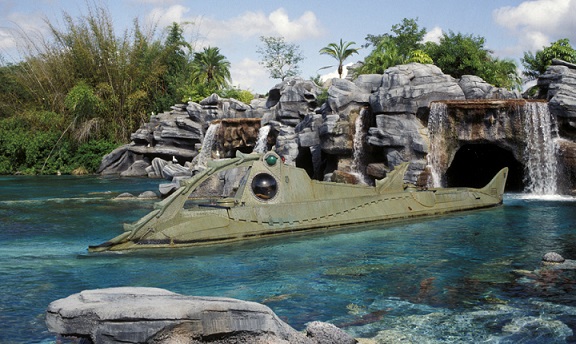
“Before the park opened, anyone who possessed a special skill was asked help out wherever they could.” Ted said. “One day, the call went out for certified SCUBA divers. I was certified, so I applied. I had some free time, because my boats were still being worked on in dry dock.
“They took me over to the 20,000 Leagues Under the Sea attraction in Fantasyland. They had filled the lagoon with water and needed to have the ‘fish’ installed.”
Ted was given a drawing of the attraction’s underwater layout and worked on one section at a time. It was a complicated process.
“You would go down and install the fish by putting a hole in the bottom of each fish that would hold it upright and then attach monofilament lines to small eye screws on the bottom fish. Then you’d have to drill two small holes into the tank floor, twist in anchors and attach the monofilament line from the fish to the anchors and set them at the proper height.”
The project lasted about a week, but it left Ted feeling more than a little irritated. “Getting all the fish in there was really nice, but there was one problem: The underwater rocks and coral displays, some were made out of Fiberglass and there were lots of tiny Fiberglass particles floating in the water. You’d get water in your wet suit and you’d start to itch. I must have itched for a week after that job.”
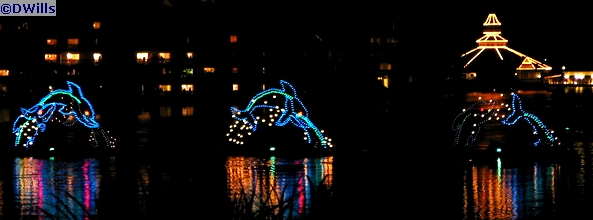
As the supervisor of watercraft, Ted was involved in every phase of boating at WDW, including the still-popular Electrical Water Pageant. The show debuted shortly after the Magic Kingdom opened and was a big hit.
A few months later, “somebody came up with the bright idea that we ought to be able to have the light show AND shoot off fireworks from the barges,” Ted remembers. “Since there was only a driver in the front and a driver in the back and nobody was in between, they decided to put these boxes of mortars on board. Though the pontoons for the light show were huge, they added so much weight with the rigging and the generators and the speakers, they had to get these huge blocks of foam and install them in between the pontoons so we’d still be able to drive the boats without having too much hindrance.
“These blocks were huge and each pontoon needed six of them. They were all secure with special aluminum framing. They put the fireworks on top of all this and no one gave it a second thought.”
From all reports, the light and fireworks show projected from the Electrical Water Pageant pontoons was absolutely spectacular and went off without a hitch … or so everyone thought.
“When I got to the canal where the pontoons are stored [between the Magic Kingdom and where the Grand Floridian is today] the barges looked like they had been to war. The sparks from the fireworks had burned these huge holes through the foam. It’s a wonder the foam hadn’t caught fire. It was just a mess.”
That was the first — and only — fireworks display from the Electrical Water Pageant show.
Keep an eye out for Ted Kellogg’s book. It’ll be chock full of these and many other intriguing stories of Ted and his truly interesting life.



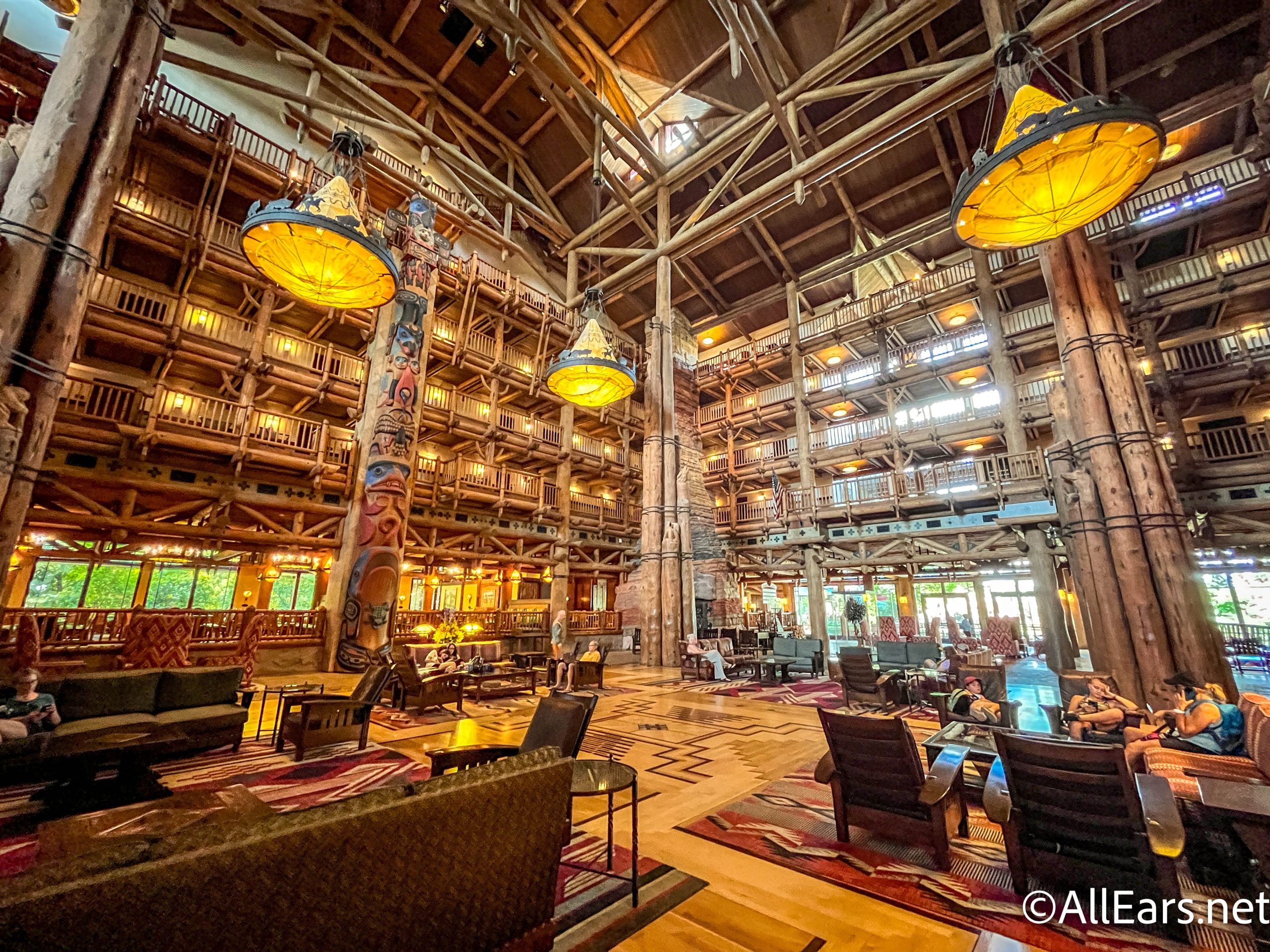

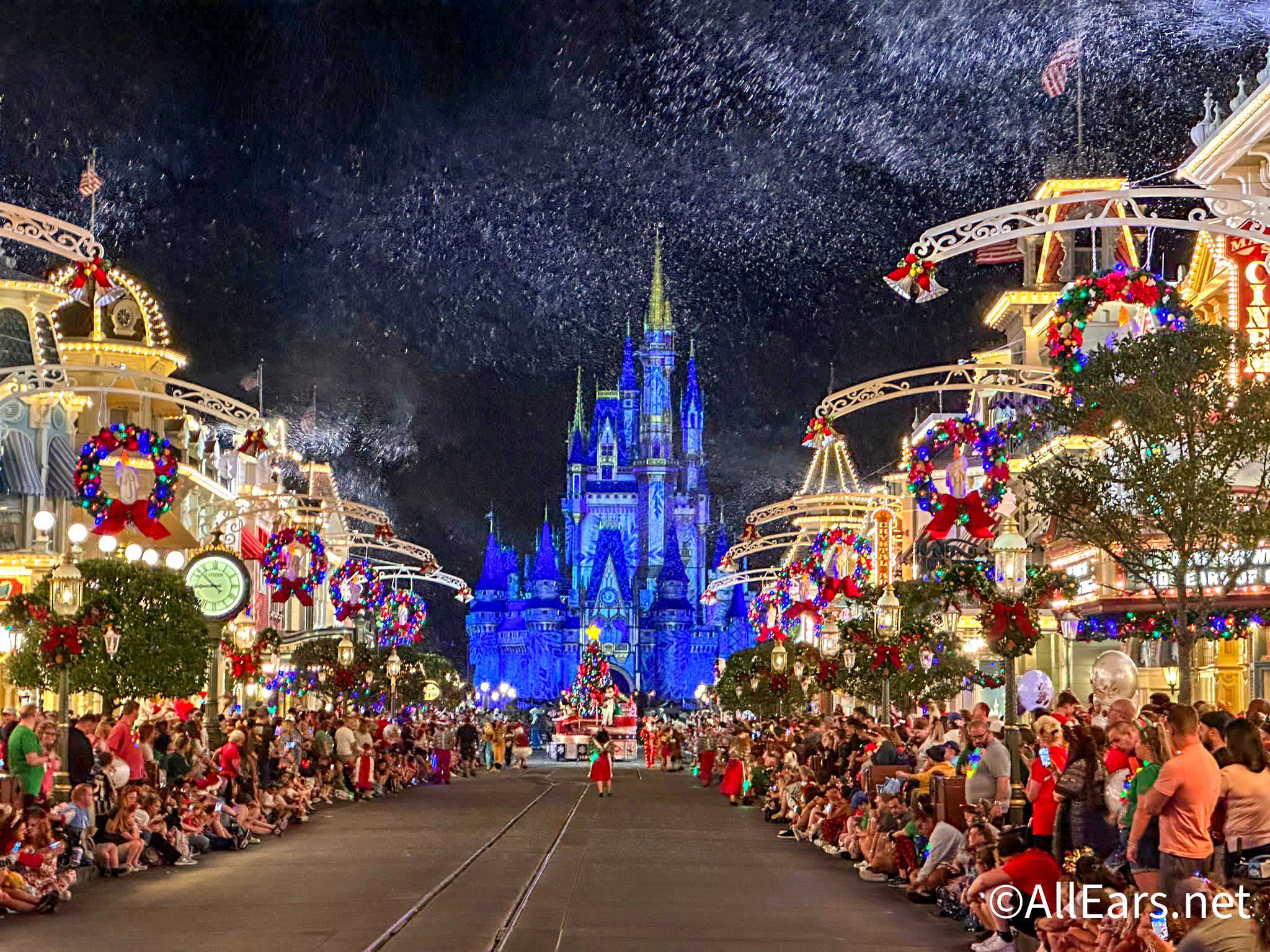








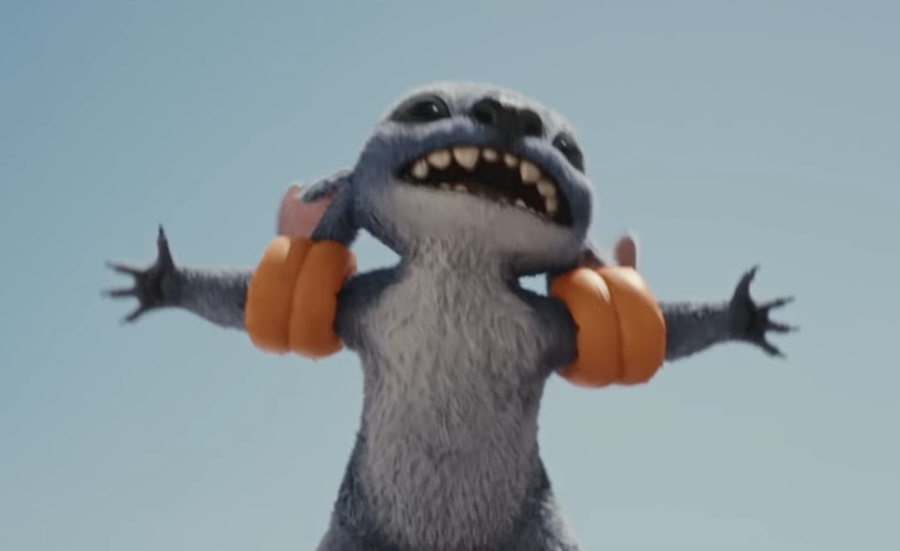



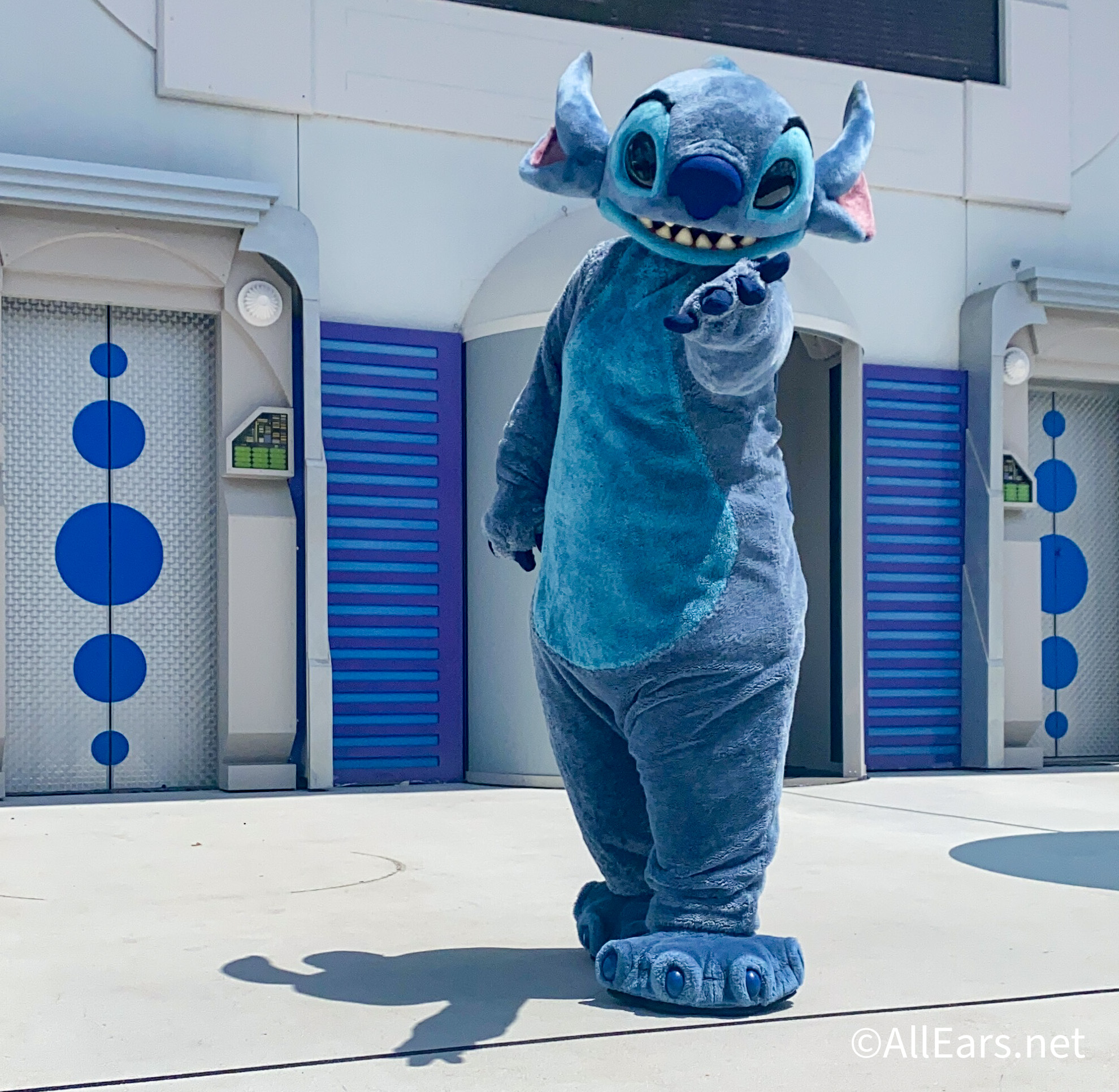




I have read Ted’s book. I knew him years ago when we both worked for Baker Trailers Sales in San Jose CA. I am happy to know he has had such a fulfilling life. My maiden name was Susan Bacigalupi.